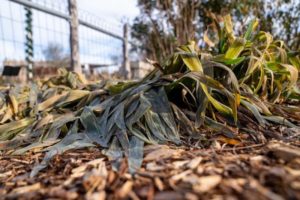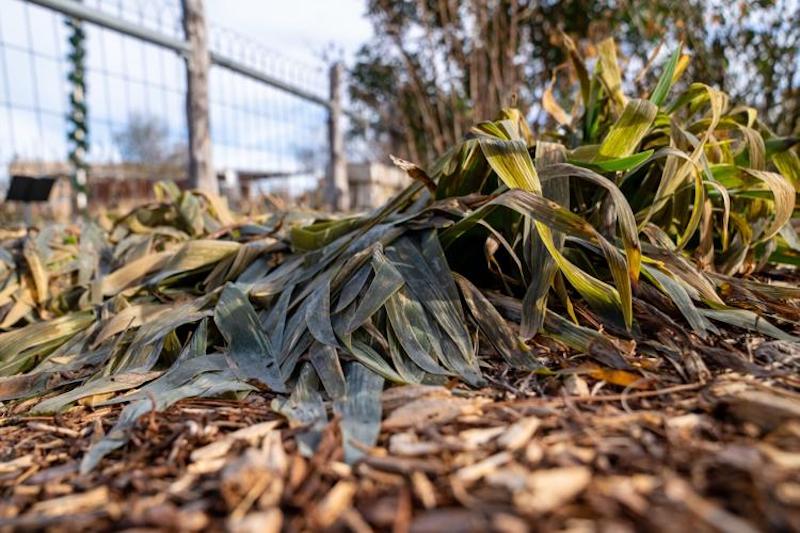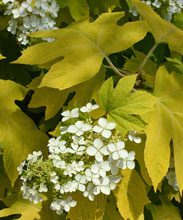 Wow! Mother Nature sure showed us who’s boss. Our big freeze last month decimated some of our hardiest favorites.
Wow! Mother Nature sure showed us who’s boss. Our big freeze last month decimated some of our hardiest favorites.
It’s too soon to start to start looking for survivors. She may have another freeze or two in her arsenal. The neater gardeners must have shpilkes looking at the sad, shriveled and forlorn foliage of apparently dead plants, but resist the temptation to remove it, ugly as it is. It will provide protection from any further freezes. The roots may still be alive and plants want to live.
We’ve used many ways to protect our plants from freezing. There is even a spray which is said to give a couple of degrees of protection. Not much, but even a couple of degrees can make the difference between life and death.
A freeze of a few hours isn’t likely to kill some plants entirely. It may set them back a season or two but a prolonged freeze of several days will do in many of our sub-tropical plants. The flip side is that many plants such as hosta, lilies, peonies and tulips actually need the vernalization provided by prolonged cold. I have even heard that some put bags of ice on top of dormant peony plants all winter long to simulate vernalization. They must really love peonies!
Plants have all kinds of ways to protect themselves from peril. When it gets too hot or too cold, they go into semi or total dormancy and like bears, only come out again when it’s safe. From outward appearances, they’re goners, but their roots are merely sleeping.
In periods of severe drought, trees and shrubs will drop their leaves to direct all their energy to staying alive and will commence to grow again only when there is sufficient moisture. But be mindful that they will need some supplemental water from you until Ma Nature turns her faucets back on. Most of the plants in our gardens are not from desert hometowns.
Even when attacked by voracious insects, some plants release a chemical that is toxic to the critters and in some cases, tell neighboring plants to arm themselves.
In a previous column, I wrote about talking to my plants. As early as 1848, experiments on plants were being made to evaluate response to their environment and that you could promote healthy growth with talk, attention, attitude and affection. I believe it. I’ve seen it in my own garden.
As hard as we try, we try not to play ‘favorites.’ Except with plants. We think they don’t know that some of them get more attention than others. Maybe they don’t, but like a smile, it’s not a lot of effort to say ‘Hello,” or “Y’all are looking good today.” Who really knows? Like Chicken Soup, it may not do any good, but it doesn’t do any harm.
People keep goldfish and the like without expecting anything more from them than they be fish. We expect our plants not only to feed us, but to provide us with lumber, shade from the hot sun, firewood, fragrance, beauty and so much more. To paraphrase Sir Winston Churchill, “Never has so much been owed to so few by so many.”











